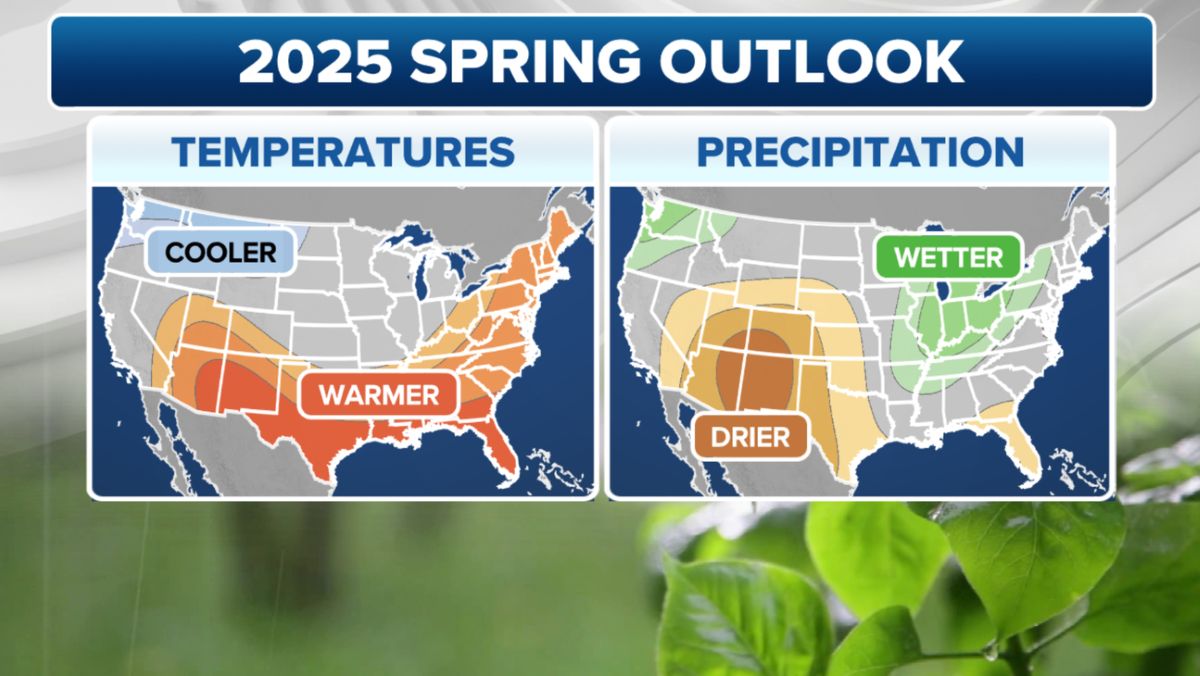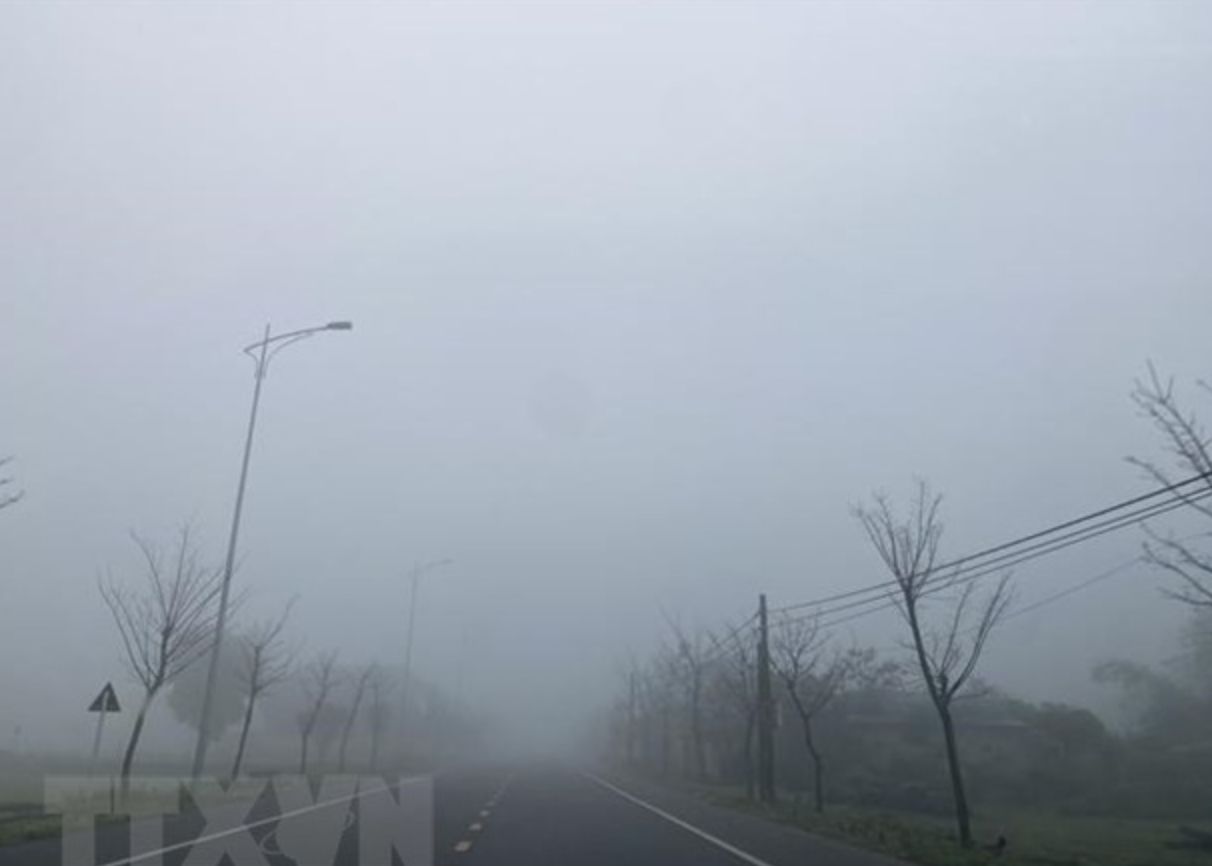According to the weather forecast on February 20 of the Climate Prediction Center (CPC) of the US National Oceanic and Atmospheric Administration (NOAA), the La Nina phenomenon, although weakening, still has a significant impact on global weather in the period from March to May 2025.
While many regions of the world will witness a clear differentiation in temperature and rainfall, Vietnam will also be significantly affected, especially in March.
La Nina is often associated with reduced sea surface temperatures in the central and eastern Pacific. According to the CPC, although the phenomenon is weakening, it will continue to affect the global climate until at least April. However, from March to May, the likelihood of ENSO neutral states (not La Nina or El Nino) will occur up to 66%, signaling a transition in the coming time.
According to NOAA, this spring, temperatures will fluctuate significantly in the US. The Northwest and Northern Delta regions will be colder than average, while the South and East will see warmer temperatures.

The forecast also shows above-average rainfall in the Northwest, Big Lake and part of the eastern United States, while the Southwest and Southern regions will be drier.
This change could widen droughts in southern states like Texas and California, but bring improved water resources to the Northwest.
In Vietnam, La Nina often brings special impacts, especially during the transitional season such as March. When this phenomenon is still affecting, the weather across the country may have unusual signs.
According to the Vietnam National Center for Hydro-Meteorological Forecasting, due to the strengthening of the northeast wind zone by La Nina, March in the North may be colder than the average of many years. Temperature may be lower than in years without La Nina, accompanied by drizzle and prolonged high humidity, causing a chilly feeling at night and early morning. The phenomenon of wet mucus will appear more densely.

The Central region may be affected by late cold air waves, causing unseasonal rains, especially in the North Central region. The northeast monsoons can cause big waves at sea, affecting fishermen's activities.
While the North and Central regions may be colder, the South will be affected differently. Due to the impact of La Nina, March could see unseasonal showers appear earlier. However, this area still needs to be on guard against local droughts and saline intrusion, especially in coastal areas.
If La Nina gradually disappears and ENSO turns neutral in the coming months, Vietnam's weather may also have important changes. The summer of 2024 may see hot spells that come later but also last longer. At the same time, due to the prolonged impact of La Nina, storms and tropical depressions in the East Sea may appear earlier in the year.











